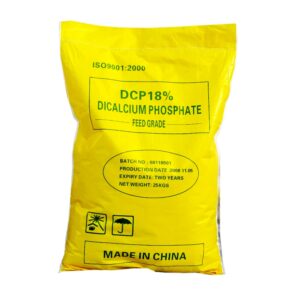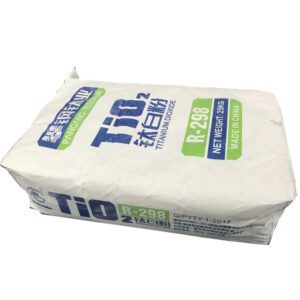Description
Chemical Specifications
| Property | Value |
|---|---|
| Chemical Name | Acrolein Dimethyl Acetal |
| IUPAC Name | 3,3-Dimethoxyprop-1-ene |
| Common Synonym | 3,3-Dimethoxypropene |
| Molecular Formula | C5H10O2 |
| Molecular Weight | 102.13 g/mol |
| Purity | ≥ 98% |
| CAS Number | 926-65-8 |
| Appearance | Clear, colorless to pale yellow liquid |
| Boiling Point | ~103–105°C |
| Density | ~0.89 g/mL at 25°C |
| Solubility | Soluble in most organic solvents; limited water solubility |
| Flash Point | ~20°C (68°F) – Flammable |
Description and Chemical Structure
3,3-Dimethoxypropene is the dimethyl acetal derivative of acrolein, meaning it is more stable than acrolein itself but retains its reactive properties through the allyl group (C=C double bond). This dual functionality allows it to be used in a variety of reactions, especially where a protected aldehyde or reactive enol ether equivalent is needed.
The compound is particularly attractive for its ability to participate in nucleophilic additions, Diels-Alder reactions, and cyclization processes, making it a staple in organic synthesis, especially in the pharmaceutical and agrochemical sectors.
Applications
1. Synthetic Intermediate
Acrolein dimethyl acetal is a highly versatile building block in synthetic organic chemistry. Its combination of an alkene and acetal group makes it ideal for multi-step syntheses, including:
-
Aldehyde protection and regeneration
-
Carbon-carbon bond formation
-
Heterocyclic compound synthesis
2. Pharmaceutical and Agrochemical Development
It is used in the development of active pharmaceutical ingredients (APIs) and intermediates for crop protection agents, often as a masked aldehyde or enol ether in selective reactions.
3. Research and Development
This compound is frequently utilized in R&D environments for method development, asymmetric synthesis, and in exploring reaction mechanisms involving acetal and alkene functionality.
Safety and Handling Guidelines
As a flammable and reactive compound, acrolein dimethyl acetal should be handled with caution:
-
Store in cool, dry conditions away from light and heat
-
Use with adequate ventilation
-
Wear appropriate personal protective equipment (gloves, goggles, lab coat)
-
Avoid contact with strong acids, bases, and oxidizers
Though more stable than acrolein, it can still release toxic fumes upon decomposition and should be kept in airtight containers.
Conclusion
Acrolein Dimethyl Acetal (3,3-Dimethoxypropene, 98%) is a powerful reagent in organic chemistry, valued for its reactivity, versatility, and high purity. Whether used as a protected aldehyde, a synthetic intermediate, or a reagent in pharmaceutical synthesis, it offers significant utility for professionals in both industrial and academic labs. With proper handling, it remains a vital tool in modern organic synthesis and innovation.

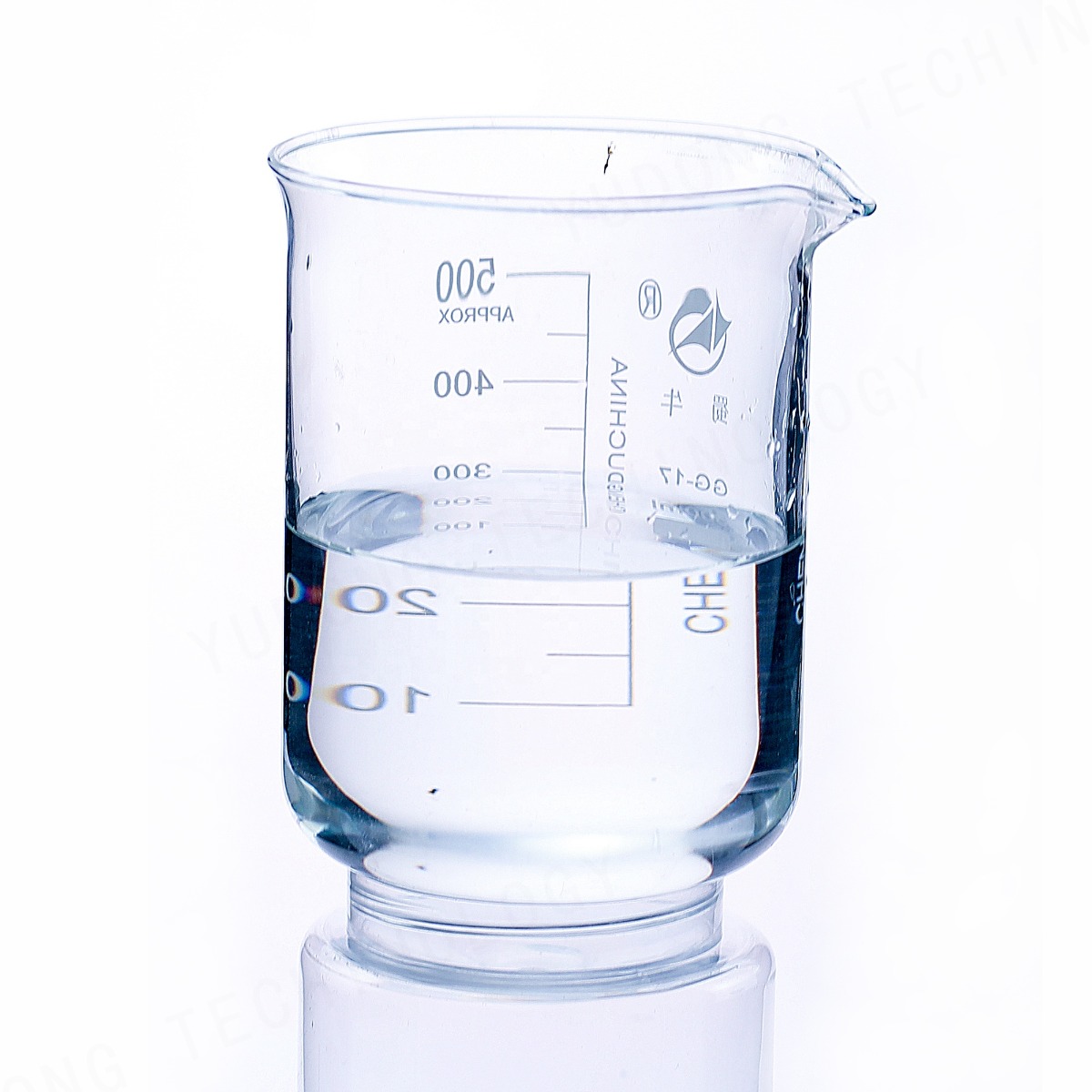

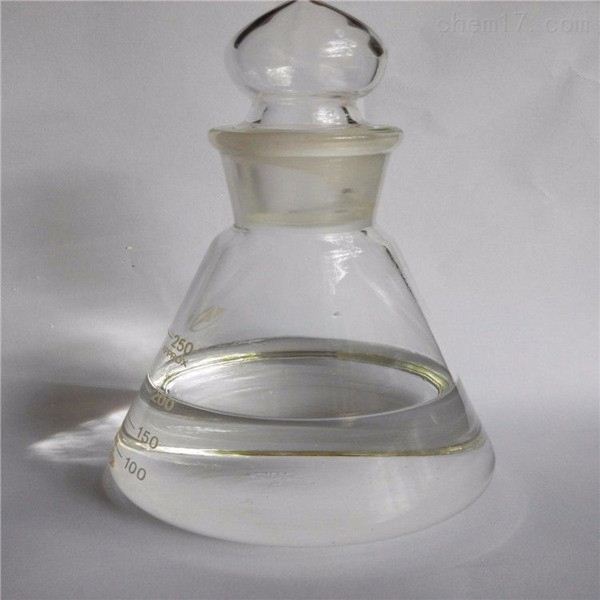
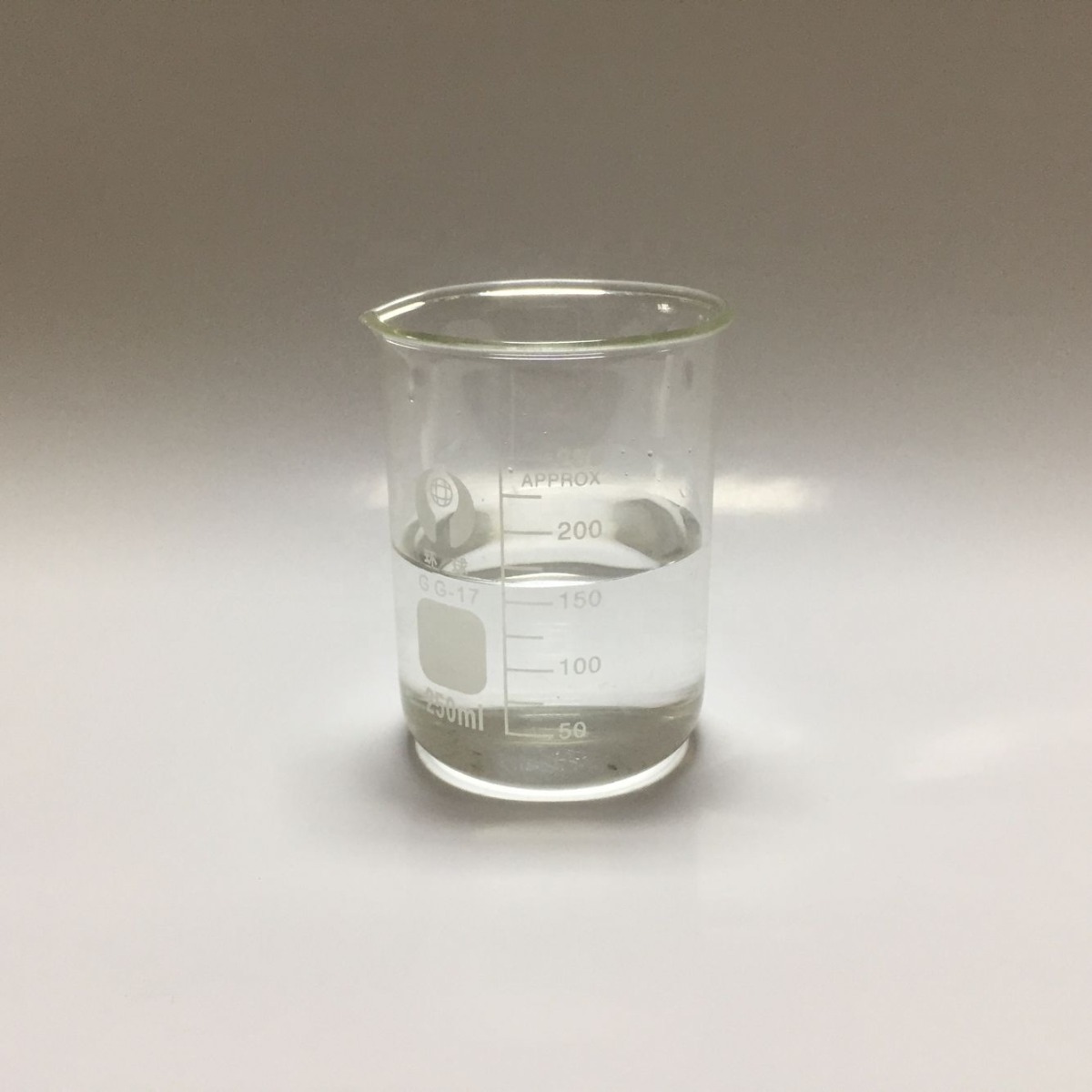
![Glutaraldehyde 50% Industrial Grade [With or Without formaldehyde available]](https://mjrdchemhome.com/wp-content/uploads/2025/04/camachem_-_glutaraldehyde_50_2_-300x300.jpg)
